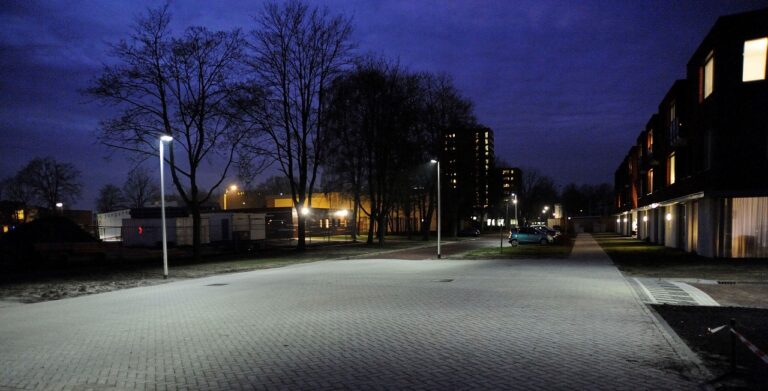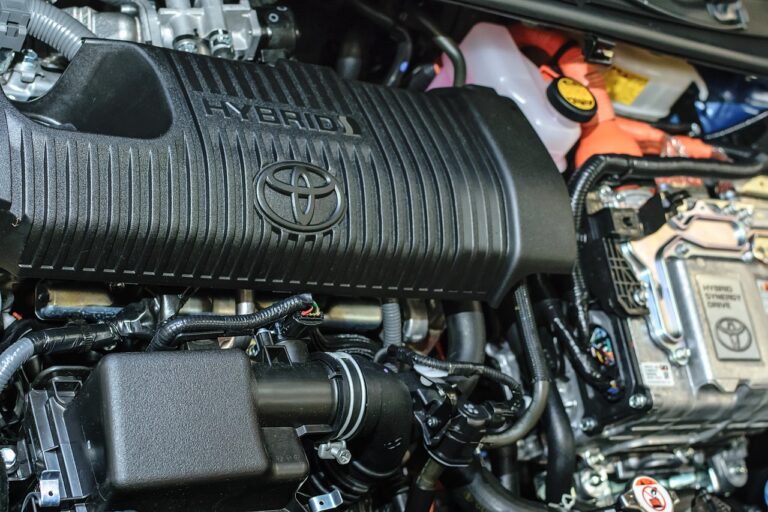The Future of Vehicle-to-Everything (V2X) Technology: 11xplay pro login, Tigerexch247 live, Betbook.com
11xplay pro login, tigerexch247 live, betbook.com: The Future of Vehicle-to-Everything (V2X) Technology
The world of transportation is rapidly evolving, with advancements in technology playing a crucial role in shaping the future of how we move from point A to point B. One such innovation that is set to revolutionize the way vehicles interact with their surroundings is Vehicle-to-Everything (V2X) technology.
V2X technology encompasses a wide range of communication capabilities that allow vehicles to communicate with each other, as well as with infrastructure, pedestrians, cyclists, and even the cloud. This two-way communication enables vehicles to gather and exchange information in real-time, helping to improve road safety, traffic efficiency, and overall driving experience.
As we look ahead to the future of V2X technology, there are several key trends and developments that are likely to shape its evolution. In this blog post, we’ll explore some of these trends and discuss the potential impact of V2X technology on the future of transportation.
1. Connected Vehicles: A Game-Changer in Road Safety
One of the primary benefits of V2X technology is its ability to enhance road safety. Connected vehicles can communicate with each other to exchange information about road conditions, traffic congestion, and potential hazards, allowing drivers to make more informed decisions while on the road. This real-time data exchange can help prevent accidents, reduce traffic congestion, and ultimately save lives.
2. Autonomous Vehicles: Paving the Way for the Future of Mobility
Autonomous vehicles, or self-driving cars, are set to revolutionize the way we travel. V2X technology plays a crucial role in enabling autonomous vehicles to navigate safely and efficiently on the road. By communicating with other vehicles, pedestrians, and infrastructure, autonomous vehicles can make split-second decisions to avoid collisions and optimize traffic flow. The future of mobility is autonomous, and V2X technology will be at the forefront of this transformation.
3. Smart Cities: Harnessing the Power of Data for Sustainable Urban Mobility
The rise of smart cities is driving the adoption of V2X technology to create more efficient and sustainable transportation systems. By integrating V2X technology into urban infrastructure, cities can optimize traffic flow, reduce emissions, and improve the overall quality of life for residents. Smart traffic lights, connected parking systems, and electric vehicle charging stations are just a few examples of how V2X technology is revolutionizing urban mobility.
4. Cybersecurity: Safeguarding the Future of Connected Vehicles
As vehicles become increasingly connected, cybersecurity becomes a top priority. V2X technology relies on secure communication protocols to protect sensitive data and prevent cyber attacks. Manufacturers, policymakers, and cybersecurity experts must work together to ensure that V2X technology is robust, reliable, and resilient against cyber threats. The future of connected vehicles depends on the ability to safeguard data and privacy in an increasingly digital world.
5. 5G Connectivity: Unleashing the Full Potential of V2X Technology
The rollout of 5G networking promises to unlock the full potential of V2X technology by providing ultra-fast and reliable communication capabilities. 5G connectivity enables vehicles to exchange data in real-time, with minimal latency and maximum reliability. This high-speed connectivity is essential for autonomous vehicles, smart cities, and other emerging applications that rely on V2X technology. The future of V2X is 5G, and the possibilities are limitless.
6. Policy and Regulation: Shaping the Future of V2X Technology
As V2X technology continues to evolve, policymakers and regulators play a crucial role in shaping its future. Standards, regulations, and policies must be established to ensure interoperability, data privacy, and cybersecurity across different vehicle manufacturers and infrastructure providers. Collaboration between government agencies, industry stakeholders, and academia is essential to foster innovation and drive the adoption of V2X technology on a global scale.
7. Conclusion: Embracing the Future of V2X Technology
In conclusion, the future of transportation is connected, autonomous, and data-driven. V2X technology is at the forefront of this transformation, enabling vehicles to communicate with each other, with infrastructure, and with the surrounding environment. As we look ahead to the future of V2X technology, it’s clear that the possibilities are endless. From improving road safety to optimizing traffic flow, V2X technology holds the key to a smarter, safer, and more sustainable transportation system. The future is here, and it’s time to embrace the power of V2X technology.
FAQs
Q: What is V2X technology?
A: V2X technology refers to vehicle-to-everything communication capabilities that enable vehicles to communicate with each other, with infrastructure, pedestrians, cyclists, and the cloud. This two-way communication helps improve road safety, traffic efficiency, and overall driving experience.
Q: How does V2X technology work?
A: V2X technology uses wireless communication technologies such as Wi-Fi, cellular, and dedicated short-range communication (DSRC) to enable vehicles to exchange data in real-time. By sharing information about road conditions, traffic congestion, and potential hazards, vehicles can make more informed decisions while on the road.
Q: What are the benefits of V2X technology?
A: Some of the key benefits of V2X technology include enhanced road safety, improved traffic efficiency, reduced emissions, and a more seamless driving experience. By enabling vehicles to communicate with each other and with the surrounding environment, V2X technology helps create a smarter, safer, and more sustainable transportation system.
Q: Is V2X technology secure?
A: V2X technology relies on secure communication protocols to protect sensitive data and prevent cyber attacks. Manufacturers, policymakers, and cybersecurity experts work together to ensure that V2X technology is robust, reliable, and resilient against cyber threats. Security is a top priority in the development and deployment of V2X technology.
Q: What is the future of V2X technology?
A: The future of V2X technology is connected, autonomous, and data-driven. As V2X technology continues to evolve, we can expect to see advancements in road safety, traffic efficiency, and overall driving experience. With the rollout of 5G networking, the possibilities for V2X technology are endless, and the future of transportation is set to be transformed by connected vehicles, smart cities, and autonomous mobility.







